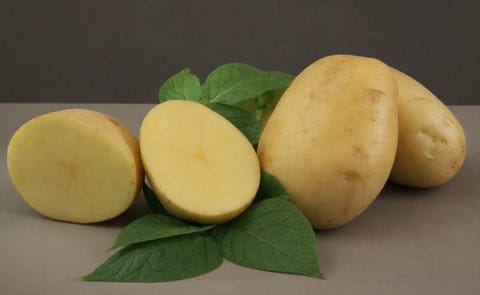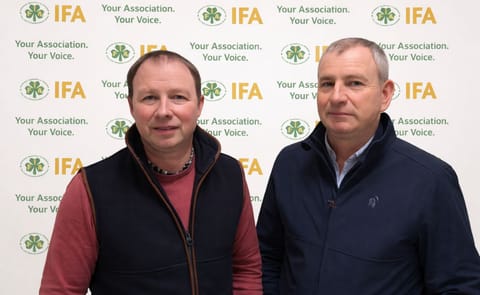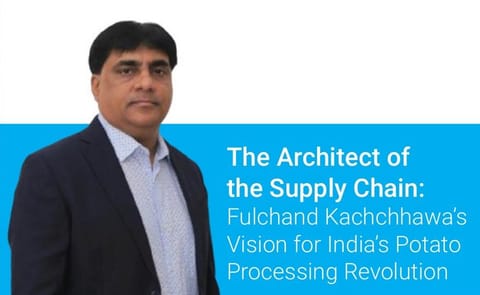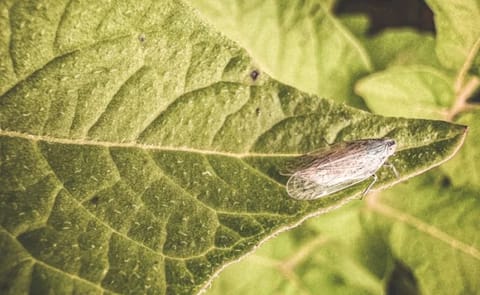Consumers create less waste from frozen vegetables, potato products and berry fruit than from fresh, or alternatives in cans or jars.
Research: Less food waste when using frozen produce
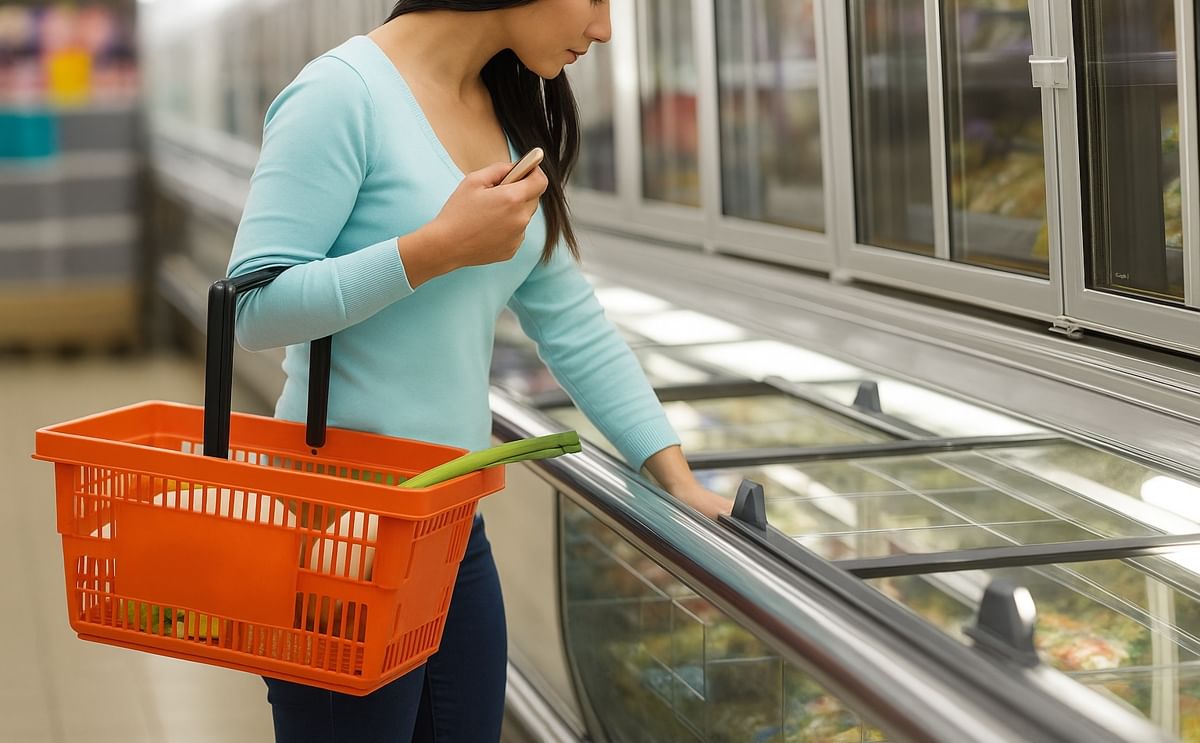
Consumers create less waste from frozen vegetables, potato products and berry fruit than from fresh, or alternatives in cans or jars.
This is one of the outcomes of a study by Wageningen University & Research on the influence of the purchase form (frozen, fresh or preserved) on the amount of food people waste.
The study, conducted within CARVE's public-private partnership, shows that using frozen foods might reduce consumers’ food waste.
To explore which purchase form ended up in the waste bin relatively the most, the researchers conducted an online survey among consumers from a representative group of over 500 Dutch households.
Participants first answered a number of general questions about their household routines regarding food, e.g. about their stock management.
The second part of the questionnaire looked at how much food, on average, goes to the bin. In this context, for 12 types of products including seven types of vegetables, potato products, berry fruit, fish and ready-to-eat meals, the influence of the purchase form (frozen, fresh or preserved) was evaluated.
Participants indicated how often they consumed a product annually, how often they disposed of it and the habitual quantities involved.
For six of the vegetables tested, plus potato products and berry fruit, the volumes discarded per consumption event were the smallest for frozen.
For peas & carrots and unbattered fish, the quantities of frozen, fresh and preserved foods going to the waste bin were approximately the same. In case of ready-to-eat meals, a greater proportion of the frozen version was discarded. It was observed that participants were more likely to store fresh products in the fridge to consume at a later stage, compared to their frozen or preserved equivalents.
The results of the research were published mid-May, in the scientific journal Waste Management.
Fresh or frozen
Anke Janssen, researcher at Wageningen Food & Biobased Research:
"Dutch consumers prefer fresh produce, but faced with so much food waste, it could be wiser to choose for more frozen food.”
“Frozen products have often extended shelf life and are easier to divide into portions."
The researcher emphasizes that it is still too early to translate these insights into concrete advice at a national level.
Anke Janssen:
“First, we want to better understand the precise underlying behaviour with regard to shopping, storage and disposal.”
In the first part of the questionnaire, often "forget about products" was indicated when giving a reason for discarding food, although before going shopping, most participants indicated to check what they have in stock at home.
Anke Janssen:
“It is clear that consumers would benefit from support in managing food stocks at home.”
“Imagine, for example, an App that warns when a product in the freezer is good for only a few more weeks."
CARVE
The research is a pilot study within the project CARVE (Across supply Chain Action program Reduction of food waste, improved Valorisation & Resource Efficiency, 2015-2018). Via a number of pilots, companies throughout the food chain are getting involved, using knowledge, tools and decision-making models developed by Wageningen experts.
The project offers a toolbox that enables companies to integrate the prevention and reduction of food waste into their business operations. CARVE is a public-private collaboration between the Alliance Sustainable Food and Wageningen Food & Biobased Research. The pilot study was funded by the top sector Agri&Food and Nomad Foods Europe.
Food waste
About a quarter of all food intended for human consumption is lost in the distribution chain. Households in the Netherlands and other European countries account for approximately half of this. Much of this waste could be avoided by improving consumer awareness when buying, storing and cooking.






